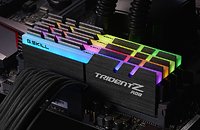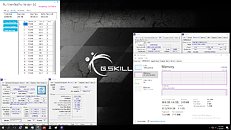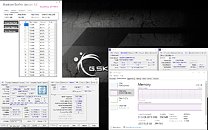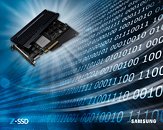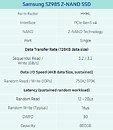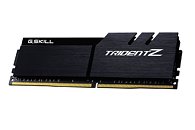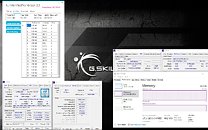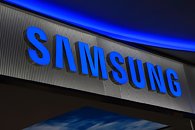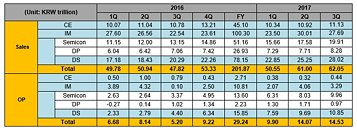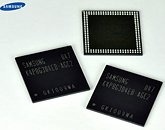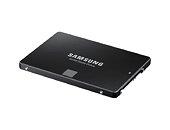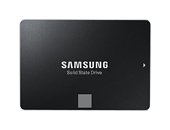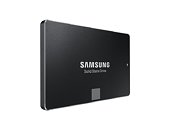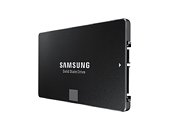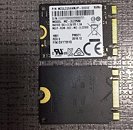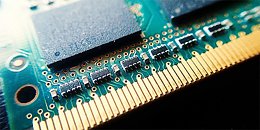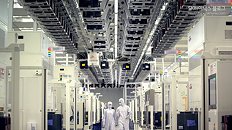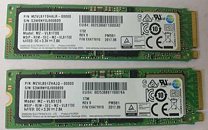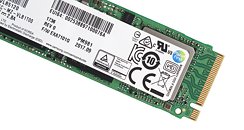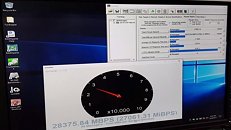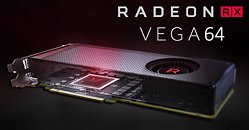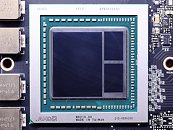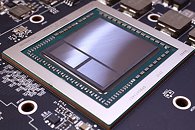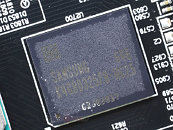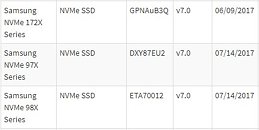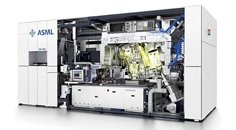
Samsung to Showcase its First MicroLED Display Implementation at CES
If 2015 was all about OLED, and 2016-17 about quantum-dot (QLED), Samsung will herald the MicroLED display panel era in 2018, with its first implementation, a massive 150-inch television, which will be showcased at the 2018 International CES. A MicroLED panel uses solid-state LED elements etched onto a silicon-substrate, that are less than 100 µm in size, each, which act as individual pixels. If you're familiar with microscopic transistors that make up modern semiconductor chips, imagine if LEDs were built on that scale. That's MicroLED.
With further development, MicroLED panels will achieve higher pixel densities, and won't suffer form "burn-in" problems that OLED (organic LED) panels suffer from displaying the same image over extended periods of time. It also offers significantly lower power-draw compared to OLED. The 150-inch MicroLED TV prototype Samsung is showing off at CES will come with 4K Ultra HD resolution. Samsung's next implementation of the MicroLED tech could be smartphone display panels. The company's main rival in this area, Apple, is already working with TSMC to develop MicroLED panels of its own.
With further development, MicroLED panels will achieve higher pixel densities, and won't suffer form "burn-in" problems that OLED (organic LED) panels suffer from displaying the same image over extended periods of time. It also offers significantly lower power-draw compared to OLED. The 150-inch MicroLED TV prototype Samsung is showing off at CES will come with 4K Ultra HD resolution. Samsung's next implementation of the MicroLED tech could be smartphone display panels. The company's main rival in this area, Apple, is already working with TSMC to develop MicroLED panels of its own.

